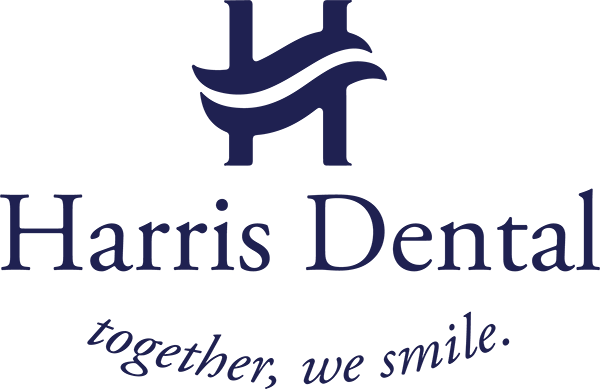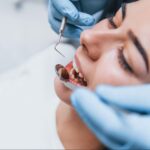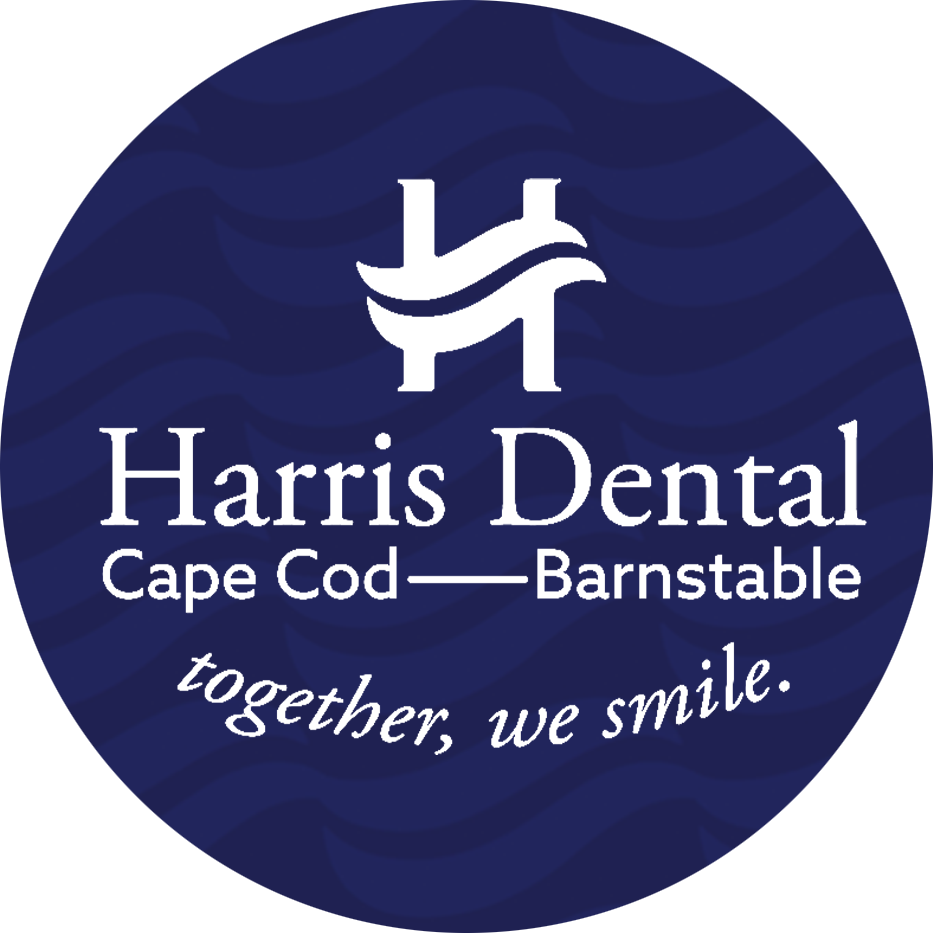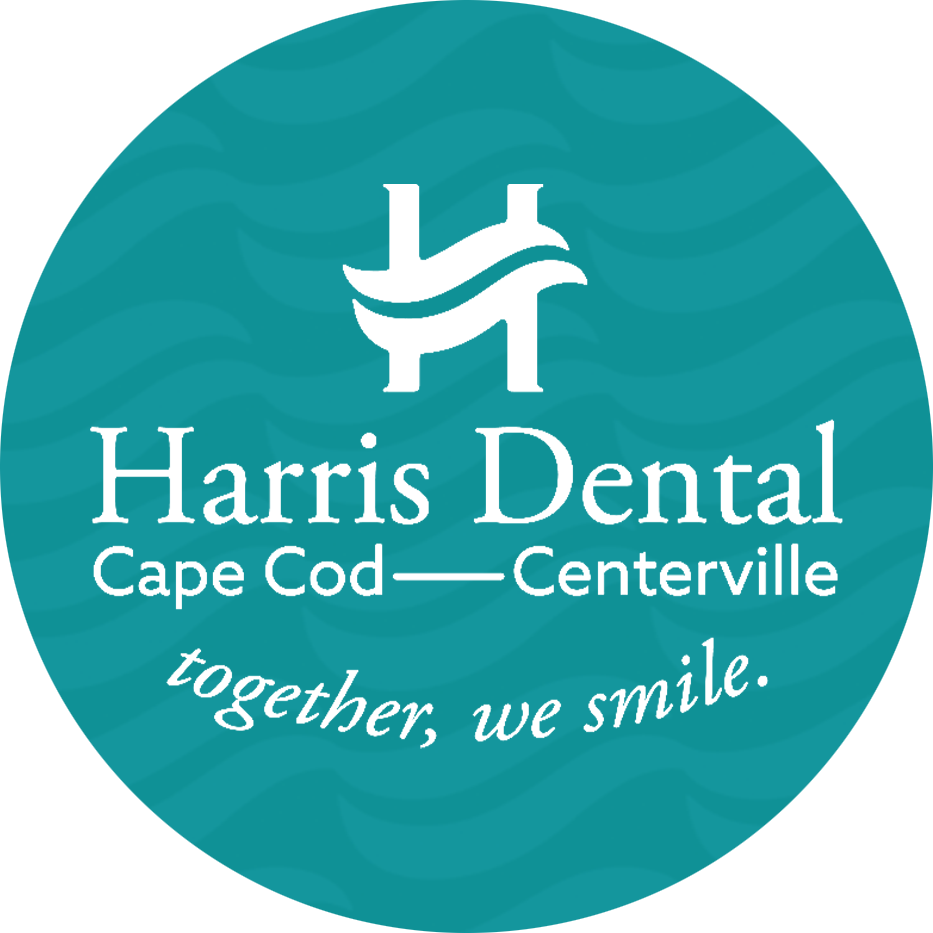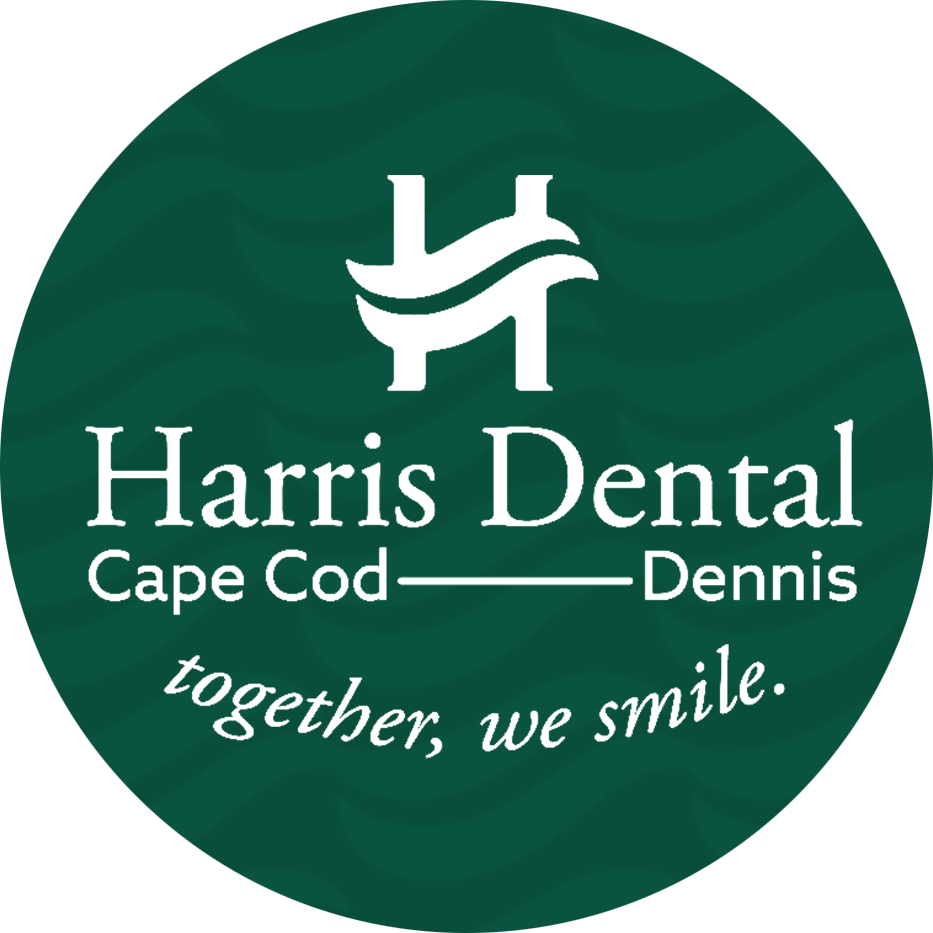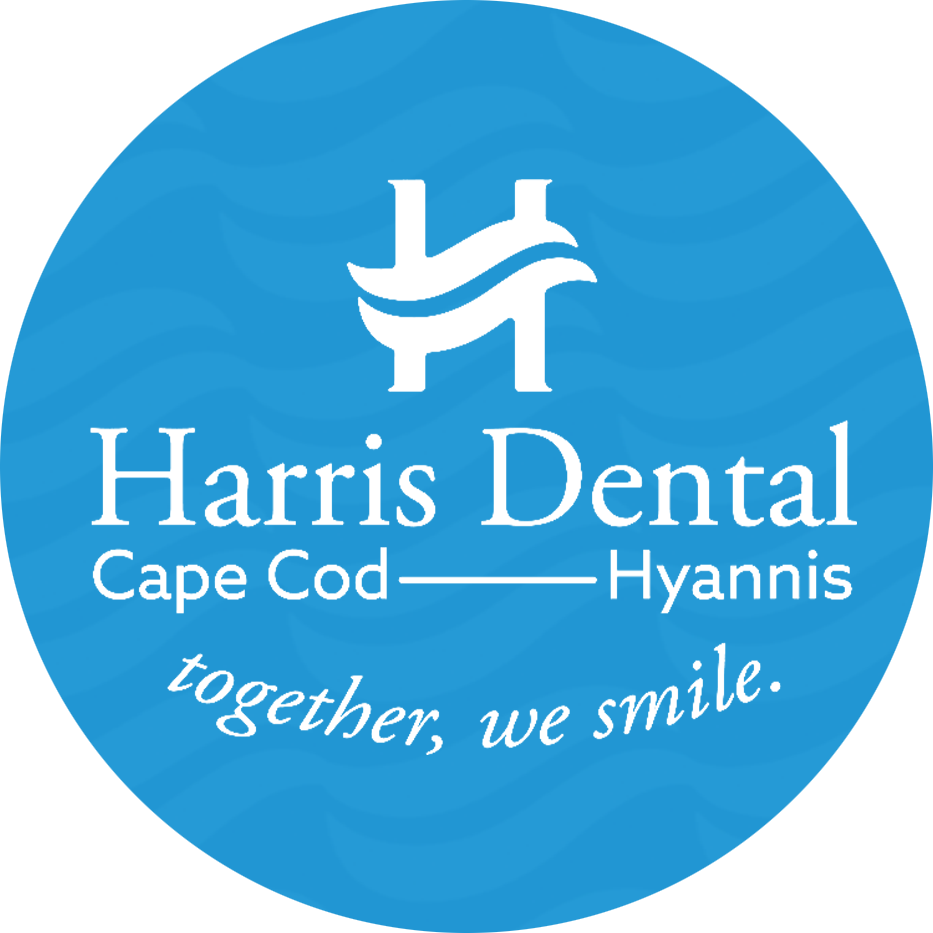The field of dentistry has undergone remarkable changes in recent decades, all thanks to rapid advancements in technology. What was once a domain limited to essential tools and treatments has now transformed into an exact and comfortable patient experience. These modern techniques are making dental care more efficient and accessible, giving patients better results with less discomfort. Dentists are now equipped with cutting-edge tools to offer a broader range of treatments, often reducing the need for invasive procedures. Understanding the impact of these technological innovations is critical to appreciating how dental care continues to evolve and improve patient outcomes.
How Modern Imaging Technologies Improve Dental Diagnosis
One of the most significant advancements in modern dentistry is the evolution of imaging technologies. Tools like digital X-rays and 3D imaging have revolutionized how dentists diagnose and plan treatments. These new imaging methods offer more detailed views of a patient’s teeth, bones, and soft tissues, enabling better diagnosis accuracy.
3D Imaging for Complex Dental Procedures
Unlike traditional X-rays, digital X-rays expose patients to much lower radiation levels, enhancing safety without sacrificing image quality. Additionally, 3D imaging allows dentists to see the whole structure of teeth and surrounding areas, which is invaluable for complex treatments such as dental implants or orthodontic work.
Early Detection and Better Patient Outcomes
These advancements provide a clearer view of dental issues and facilitate early detection. Catching problems early on means simpler and less invasive treatments, ultimately improving patient outcomes. In this way, modern imaging technologies ensure dental care is more precise and efficient than ever.
Digital Dentistry Enhances Precision and Comfort
Another area where technology is reshaping dental care is digital dentistry. Traditional dental procedures often require uncomfortable impressions using gooey materials to create molds of a patient’s teeth. Today, digital scanners have made this process far more accurate and comfortable. These scanners capture detailed 3D images of the teeth in minutes, eliminating the need for messy materials.
CAD/CAM for Faster, More Accurate Restorations
Digital dentistry extends to computer-aided design (CAD) and manufacturing (CAM). These technologies allow dentists to design and manufacture crowns, veneers, and bridges with extreme precision. Instead of waiting weeks for lab-created dental restorations, many practices can now create custom solutions in their office.
Improved Comfort and Efficiency for Patients
Digital dentistry greatly benefits patients by speeding up treatment times and increasing accuracy. The enhanced precision ensures dental restorations fit perfectly, improving function and aesthetics. For patients, this means fewer visits and more predictable, comfortable results.
Laser Dentistry Offers Minimally Invasive Treatments
Laser dentistry is another groundbreaking development that has made dental treatments more patient-friendly. In the past, many dental procedures involved drills, scalpels, and stitches, which could be uncomfortable and require lengthy recovery times. Lasers have changed this by allowing for minimally invasive procedures with less discomfort and faster healing.
Applications of Lasers in Dental Procedures
Lasers can be used in various dental treatments, such as gum reshaping, removing tooth decay, and even performing soft tissue surgeries. Because highly precise lasers reduce damage to surrounding tissues, resulting in less bleeding and swelling. In many cases, patients don’t even require anesthesia.
Faster Recovery and Greater Comfort for Patients
The introduction of laser technology means dental procedures that once seemed intimidating are now more approachable. Patients benefit from shorter treatment times, less pain, and quicker recoveries. As a result, laser dentistry has made going to the dentist a far less stressful experience for many people.
Teledentistry Expands Access to Remote Dental Care
Teledentistry is an exciting advancement that has grown in popularity, particularly during the COVID-19 pandemic. This technology allows dentists to provide care remotely, offering consultations, checkups, and even treatment planning without requiring patients to visit the office. It’s particularly beneficial for those living in rural areas with limited access to dental professionals.

How Remote Consultations Benefit Patients
Patients can consult with their dentists through video calls or online platforms about ongoing treatments or any immediate concerns. Dentists can review X-rays, offer advice, and determine whether in-person visits are necessary. That saves patients time and makes dental care more accessible to underserved populations.
Bridging the Gap in Dental Care Accessibility
Teledentistry helps bridge the gap between patients and providers, ensuring more people can access the care they need. It is essential for those with mobility issues or busy schedules that make frequent trips to the dentist challenging. By expanding access, teledentistry is helping to close the gap in dental care accessibility.
3D Printing Transforms Dental Prosthetics and Devices
3D printing has made waves in various industries, and dentistry is no exception. This technology creates custom dental prosthetics, including crowns, bridges, and orthodontic devices like clear aligners. What took weeks in a lab can now be produced in hours in the dental office.
Faster and More Accurate Dental Restorations
The benefits of 3D printing in dentistry are numerous. First, it significantly reduces production time, meaning patients can receive restorations faster. Second, it ensures a highly accurate fit, as 3D printing works directly from digital scans of the patient’s mouth. It leads to better comfort and fewer adjustments after placement.
Cost-Effective and Personalized Dental Care
Another advantage of 3D printing in dentistry is its cost-effectiveness. By streamlining the production process, dentists and patients save time and money. With its precision and efficiency, 3D printing is poised to become a standard in modern dental practices, offering personalized and timely care.
Artificial Intelligence in Dental Diagnosis and Care
Artificial intelligence (AI) is making its way into dentistry, offering new opportunities for improving diagnosis and treatment planning. AI tools can analyze large amounts of data from patient records, medical history, and imaging results to identify patterns and suggest possible treatments. This technology allows for earlier detection of conditions that might be missed during a traditional exam.
AI in Imaging and Diagnostics
AI algorithms can interpret digital X-rays, spotting potential issues such as cavities or gum disease before they become visible to the human eye. This early detection can lead to less invasive treatments and better patient outcomes. AI can also assist in predicting the success of specific treatments based on historical data, helping dentists make more informed decisions.
Streamlining Admin Tasks in Dental Offices
Beyond diagnostics, AI is helping dental offices streamline administrative tasks, from scheduling to billing. It frees up time for dentists to focus on patient care. As AI continues to evolve, it’s expected to play an even more prominent role in dental care’s clinical and operational aspects.
Innovations on the Horizon for the Future of Dentistry
While the advancements we’ve discussed are already making a significant impact, the future of dentistry holds even more promise. Emerging technologies like augmented reality (AR) and virtual reality (VR) are beginning to play a role in dental education and patient treatment. These tools allow for more immersive training experiences for dental students and enable patients to understand their procedures better.
Robotics in Complex Dental Surgeries
Robotics is another area of development. In the future, robots may assist dentists in performing complex surgeries with higher precision and minimal error. It could open up new possibilities for dental treatments that are currently difficult or risky.
Regenerative Medicine and Stem Cells in Dentistry
Researchers are also exploring the potential of regenerative medicine in dentistry. Using stem cells to regrow teeth or repair damaged tissues could drastically change how we approach dental care. These innovations promise to revolutionize how we treat dental issues, bringing even more comfort, efficiency, and effectiveness to modern dentistry.
Advancements in Pain Management and Sedation Improve Comfort
One of the most notable advancements in modern dentistry is the development of noninvasive pain relief methods that reduce discomfort without the need for traditional anesthetics. Transcutaneous electrical nerve stimulation (TENS) is a technique that uses low-voltage electrical currents to block pain signals from reaching the brain. This method is often used to manage pain during specific procedures, reducing the need for needles or sedatives.
Improved Sedation Techniques for Anxious Patients
For patients who suffer from dental anxiety or phobia, new sedation techniques are making procedures far less stressful. Conscious sedation, using mild sedatives like nitrous oxide or oral sedatives, allows patients to remain awake but relaxed during treatments. Advanced monitoring systems also ensure that sedation is safer, with real-time data keeping track of vital signs throughout the procedure. These sedation options are beneficial for patients undergoing lengthy procedures or for those who experience heightened anxiety, helping them get the care they need without fear.
Pain-Reducing Technology for Faster Recovery
Beyond sedation and noninvasive techniques, new technologies are helping patients recover more quickly from procedures. Lasers are used to perform surgeries with greater precision, resulting in less damage to surrounding tissues. That means less post-operative pain and a faster healing process. Innovations like cold laser therapy promote healing and reduce inflammation, helping patients return from treatments faster. With these advancements, dentistry is moving toward a more patient-friendly model that prioritizes comfort before, during, and after procedures.
Technology in Preventive Dentistry Focuses on Proactive Care
Technology in preventive dentistry is shifting the focus from reactive treatment to proactive care. Wearable devices, like smart toothbrushes and oral health trackers, are helping patients maintain better oral hygiene daily. Smart toothbrushes, equipped with sensors and Bluetooth technology, track brushing habits, providing real-time feedback on brushing techniques, areas missed, and even pressure applied. These devices sync with mobile apps to offer daily reports and suggestions for improvement, helping users form better oral hygiene habits.
Dental Monitoring Apps and Reminders for Consistent Care
Mobile applications play a significant role in preventive dentistry by making oral care more consistent. Many dental apps offer reminders for brushing, flossing, and drinking water to maintain optimal oral health. Some apps integrate with smart toothbrushes, while others provide educational resources or visualizations of how well users adhere to proper dental routines. Additionally, these apps can store data from each brushing session and share it with a dentist during checkups, allowing for more personalized care plans. By helping patients stay on top of their daily dental routines, these technologies reduce the need for future invasive procedures.
Saliva Testing Technology for Early Disease Detection
Emerging technology is also making its mark in preventive care with saliva-testing devices that detect oral and systemic diseases early. Research is underway to develop saliva-based diagnostic tools to identify biomarkers for conditions like gum disease, tooth decay, and even more severe illnesses like diabetes and oral cancer. These noninvasive tests can be performed during routine checkups, allowing dentists to spot issues long before they become serious. Early detection through saliva testing could significantly reduce the need for major interventions and improve patient outcomes by addressing problems when they are easier to treat.
Digital Health Records for Personalized Preventive Plans
Another critical component of preventive dentistry is the use of digital health records. Dentists can now keep track of a patient’s complete dental history, including past treatments, X-rays, and notes on oral health habits, all in one place. It allows for more tailored preventive care strategies, as dentists can quickly identify patterns or recurring issues and offer personalized advice. Patients benefit from more targeted preventive measures, reducing the likelihood of future problems. Additionally, digital records make it easier for dentists to coordinate with other healthcare providers, ensuring oral health is considered part of overall wellness.
How Modern Dentistry Is Shaping the Future of Dental Care
As dental technology advances, patients benefit from faster, more comfortable, and more effective treatments. Today’s innovations—from AI-enhanced diagnostics to laser-assisted procedures—transform dental care into a more patient-centered experience. With preventive tools, personalized treatment plans, and enhanced accessibility through teledentistry, the future of dental care is brighter than ever.
Staying informed about these advancements allows patients to take advantage of the latest treatments and care options. Integrating technology into modern dentistry improves how dental professionals work and empowers patients to prioritize their oral health like never before. As these innovations evolve, they promise to redefine dental care for generations.
Explore the latest advancements in dentistry by visiting our Harris Dental blog.
